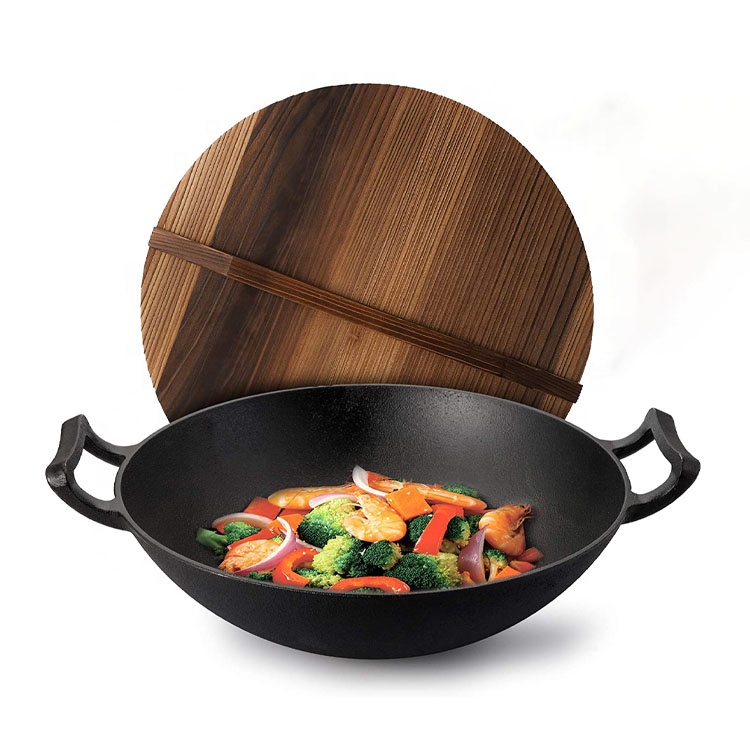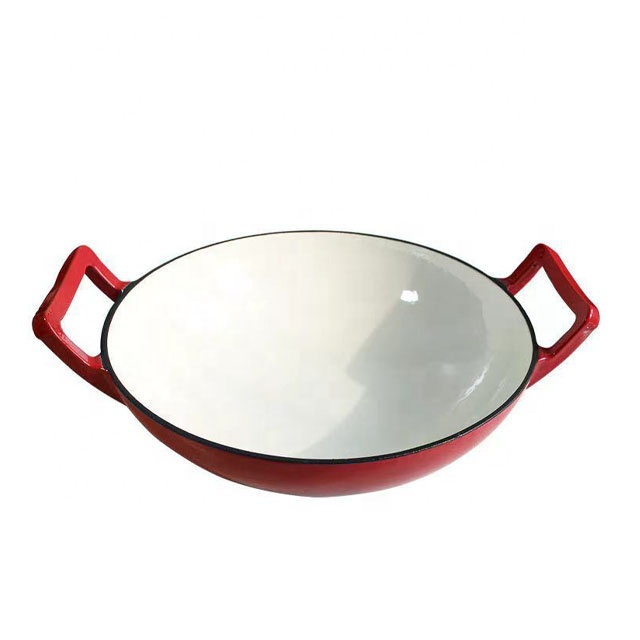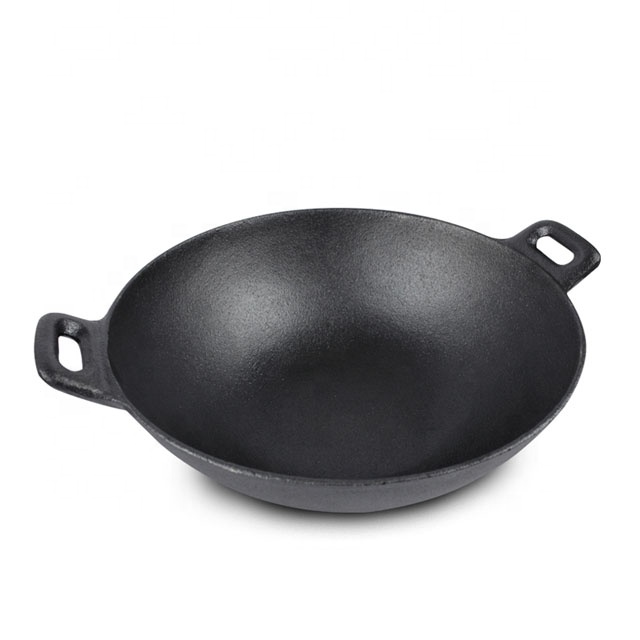Using a cast iron wok offers numerous benefits that enhance both the cooking experience and the flavor of your dishes. One of the primary advantages is heat retention and distribution. Cast iron woks heat evenly, allowing for consistent cooking, which is essential for techniques like stir-frying. This even heat helps to achieve the high temperatures necessary for searing meats and quickly cooking vegetables while preserving their crunch and color.
Another significant benefit is the natural non-stick surface that develops over time with proper seasoning. This characteristic makes it easier to cook delicate foods like fish or stir-fried vegetables without them sticking to the surface. A well-seasoned cast iron wok can rival traditional non-stick coatings without the associated chemicals, providing a safer cooking option.
Moreover, cast iron woks are incredibly versatile. They can be used for a variety of cooking methods, including stir-frying, steaming, braising, and even baking. This flexibility makes them an essential tool in any kitchen. With proper care, cast iron woks can last a lifetime and even improve with age, developing a unique cooking surface that enhances the flavors of your dishes over time. Overall, a cast iron wok is an excellent investment for anyone who enjoys cooking.
-

-

36 CM Cast Iron Enamel Wok Cast Iron Cookware with Two Loop Handle and Wooden Lid
-

Traditional Chinese Pre-seasoned Wok Pan Non Stick Cast Iron Wok with Double Handle
How Do I Season My Cast Iron Wok?
Answer: Seasoning your cast iron wok is crucial for developing a natural non-stick surface and preventing rust. To begin the seasoning process, start by cleaning the wok thoroughly. If it’s new, wash it with warm, soapy water to remove any factory residues. For older woks, scrub off any rust or old seasoning, then rinse and dry completely.
Once the wok is clean, apply a thin layer of high-smoke point oil, such as vegetable, canola, or flaxseed oil, all over the surface, including the inside and outside. Use a paper towel to evenly distribute the oil, ensuring there are no puddles or excess oil, as this can lead to a sticky surface.
Preheat your oven to about 375°F (190°C) and place the wok upside down on the top rack, with a baking sheet or aluminum foil on the bottom rack to catch any drips. Bake for approximately one hour, allowing the oil to polymerize and form a durable, non-stick coating. After an hour, turn off the oven and let the wok cool inside.
For best results, repeat this seasoning process several times to build up a strong layer. Regularly seasoning your cast iron wok, especially after cooking with acidic foods, will help maintain its non-stick properties and prolong its lifespan, making it a valuable addition to your kitchen.
Can I Use My Cast Iron Wok On An Induction Cooktop?
Yes, you can use a cast iron wok on an induction cooktop, provided that the wok is made entirely of cast iron and is magnetic. Induction cooktops work by generating heat through magnetic fields, and cast iron is naturally magnetic, making it compatible with this cooking technology.
When using your cast iron wok on an induction cooktop, ensure that the bottom surface is clean and flat for optimal heat transfer. This will allow for even cooking and prevent hotspots that can lead to uneven results. It’s advisable to start with a lower heat setting and gradually increase it, as cast iron retains heat exceptionally well and can reach high temperatures quickly.
Additionally, be cautious to avoid dragging the wok across the cooktop, as this can scratch the surface. Always use pot holders or oven mitts when handling the hot wok, as it retains heat for a significant period. Overall, using a cast iron wok on an induction cooktop provides an effective and versatile cooking experience, combining the benefits of traditional cast iron with modern kitchen technology.
